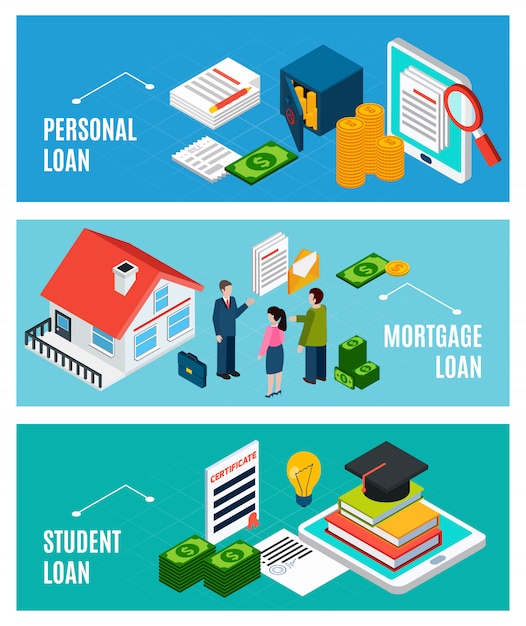
Homeschooling trends are increasing across the country, contrary to the notion that it raises educational costs. Evidence suggests that homeschooling can actually be more economical as compared to public schooling. As per data from the National Home Education Research Institute (NHERI), public schools require an average of $11,732 in taxpayer funds per student, whereas homeschooling comes to about $600 annually for each child. Still, this might seem quite high considering it comes from personal expenses. Hence, herein are some strategies to make homeschooling more budget-friendly.
PRIMARY EXPENSES
When transitioning to homeschooling, the apparent immediate costs may seem overwhelming. However, realizing the amount we save compared to public schooling helps subside this shock. In determining the initial homeschooling expenses, several factors come into play such as state regulations and laws, the child’s age, and the chosen homeschooling approach.
During my first year of homeschooling my 14-year-old, I could discern my expenses and also understood several costs associated with different age groups.
EXAMS
In some states like North Carolina, the only mandatory requirement is an annual standardized test for measuring progress. As an example, we opted for the California Achievement Test (CAT), which typically costs $25. However, we saved money by purchasing the tests during special discount periods. Remember, you can also administer these tests at home, saving you from testing center fees.
AGE-BASED EXPENSES
Most homeschooled students are in elementary school, primarily due to reasons such as tailored curriculum, academic advancements, enhanced parent-child bonding, improved social interactions, a safer environment, and imparting specific beliefs. Consequently, many start homeschooling at the elementary level, though some switch to public schools later.
Higher expenses may be associated with high school homeschooling due to increased demand for electronic devices, comprehensive training, and pricier social events. However, these can be offset by sharing home devices, using library resources, or recycling old devices.
HOMESCHOOLING APPROACHES
Your chosen homeschooling approach can also impact overall expenses. The seven typical homeschooling methods are Classical, Charlotte Mason, Montessori, Unschooling, School-at-Home, Unit Studies, and Eclectic.
Approaches like Unschooling and Eclectic are less strict, allowing more flexibility in choosing teaching resources, and tend to be more affordable. In our case, these methods worked best, and we primarily invested in a computer and CAT tests. We also took advantage of numerous free resources available, such as Khan Academy, History Museum, family support, EdX, and my old college material.
IN CONCLUSION
Homeschooling can be customized in numerous ways, thereby catering to both the parents and the child’s needs without hefty expenses. Multiple free resources are readily available, so make sure to leverage these. For older children, a bit of creativity can also make homeschooling more affordable.
For those who have homeschooled, what are your tips for keeping the costs down?


